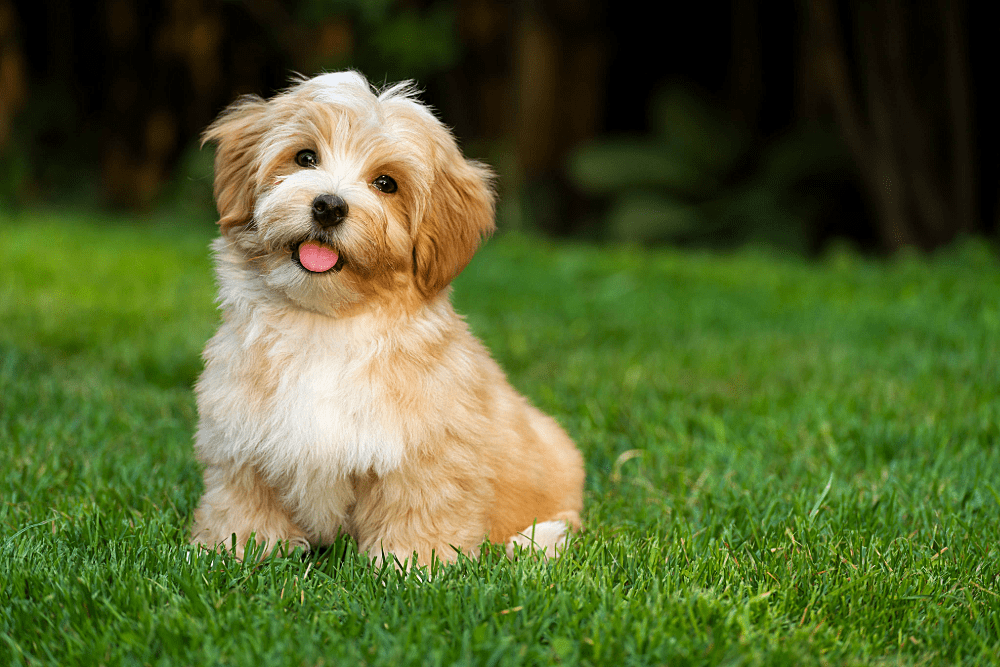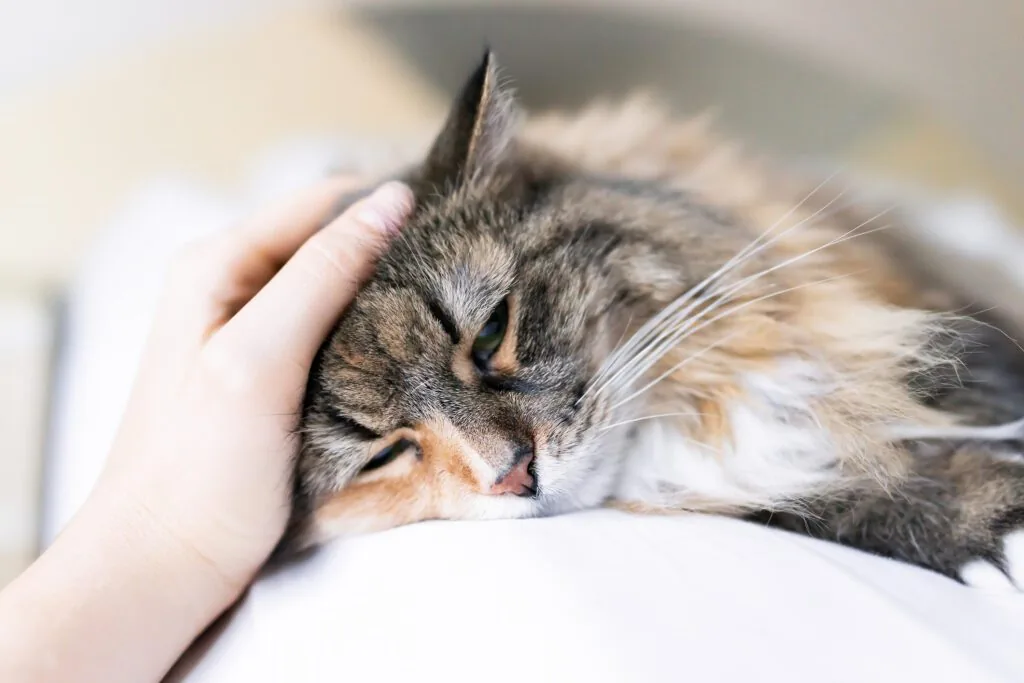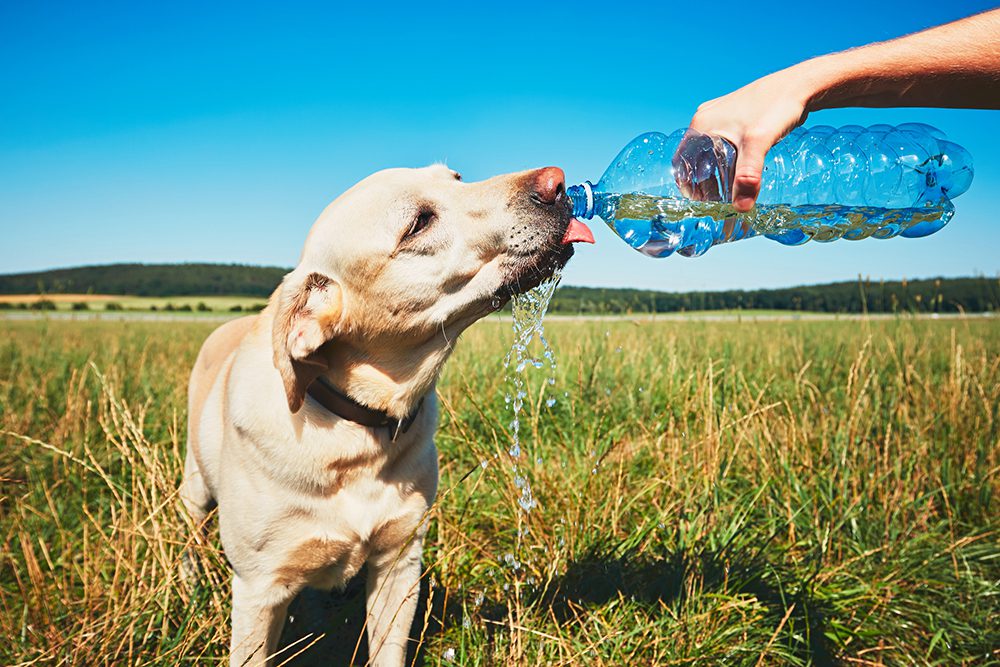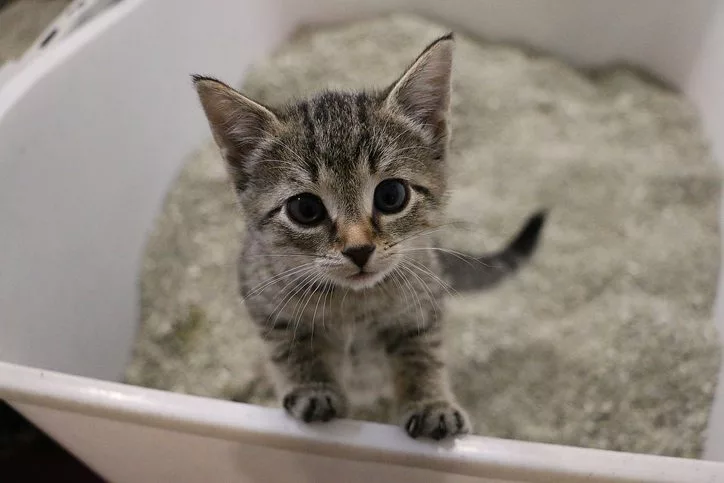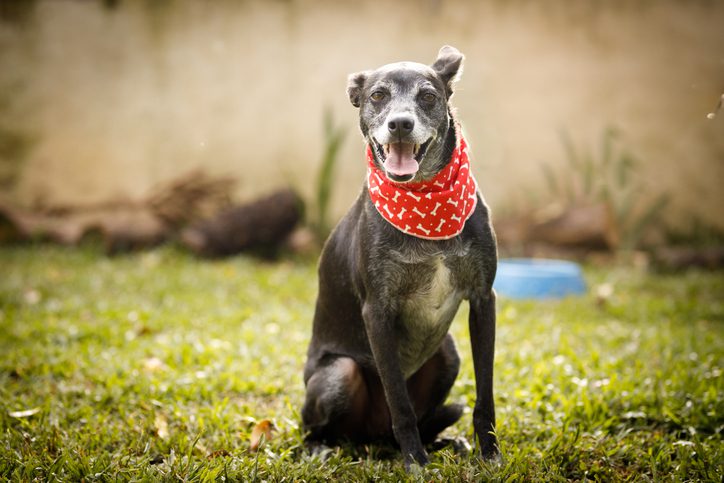Need to Brush Your Dog’s Teeth in Branson, MO? Here Are 6 Tips to Help
We love our dogs. We shower them with treats, toys, walks, trips to the dog park, and even home-made food. As well-intentioned and loving as we are, we’ve been missing something that’s very important to the health of our canine companions. According to research, 61% of pet parents aren’t brushing their dog’s teeth on a regular basis and 80% of dogs are showing signs of dental disease.
Dental disease in dogs means broken teeth, loose teeth, bad breath, a painful and bleeding mouth, drooling, and even the inability to eat or drink. Dental disease leads to gum disease, which is a direct contributor to heart, kidney, and liver disease in dogs. It’s about more than dog breath.
So, if you want to do the best for your canine companion, we strongly recommend to brush their teeth. Here’s the good news: You don’t have to do it every day. One to two days per week is enough to keep your dog’s teeth and gums healthy. Brushing your dog’s teeth is easier than you think!
Follow these tried-and-true tricks, and you’ll not only keep your dog healthy, you’ll create a routine that your pet will actually look forward to and enjoy.

Tip 1: Choose a Toothpaste
Dogs can’t use human toothpaste because some of them contain xylitol, which is toxic to dogs, and all human toothpastes contain fluoride, which will upset your dog’s stomach. Dogs can’t spit, so anything soluble that goes into their mouth, is consumed and goes through their entire GI tract.
There’s a variety of dog toothpastes on the market that are safe and effective for your dog to use. Best of all, they come in flavors dogs find delicious, such as beef, chicken, seafood, and peanut butter.
Tip 2: Use a Just-for-Dogs Toothbrush
You’ll also need to buy a special dog toothbrush. Large dogs need a long-handled toothbrush that can reach their back teeth. Small dogs need little toothbrushes and there are some that fit on the end of your finger.
The more comfortable you can make teeth brushing for your pet, the easier it’ll be for both of you.
Tip 3: Pick the Right Time and Place
Your dog has to sit still during brushing, which not an easy task! The best time to brush your dog’s teeth is when he’s calm and relaxed, and even a little sleepy. This makes it a lot easier for him and for you. After dinner, after a walk, or after playtime are great times to brush your dog’s teeth.
Pick a time that you can stick to several times a week, because you’re creating a routine.
Sit somewhere comfortable and have your dog sit beside you. If your dog is small, think about bundling them up in a blanket, like a burrito, and giving them a little side hug. If your dog is medium or large, put your arm around them. Large dogs may need you to support their chin with your hand, too.
Tip 4: Start Small
Once both of you are comfortable, put a little toothpaste on your finger and let your dog lick it off. You’ll be surprised at how much you can tell that they like the taste! Use your finger to gently rub along their gum line, as you’re getting your dog accustomed to having dental care products in their mouth.
Now, it’s time to introduce the toothpaste and toothbrush. You only need a tiny drop of toothpaste on the toothbrush. Let your dog sniff it and lick it off. Then, add another drop of toothpaste to the toothbrush and gently start to brush their teeth.
You should start with the top teeth, and always use small, circular motions. Concentrate on brushing your dog’s teeth close to the gum line, because that’s where bacteria likes to lodge. Removing bacteria from the gum line keeps gum disease, which can lead to diseases of the heart, kidney, and liver, at bay.
Don’t forget to tell your dog what a great job they’re doing. Give them lots of love and praise for learning a new trick!
 Tip 5: Keep It Short
Tip 5: Keep It Short
Don’t expect your dog to sit for teeth cleaning very long. Your goal for tooth brushing should be two minutes maximum. Did you make it to thirty seconds? Consider that a victory, especially on the first try! You should expect to break up your tooth-brushing sessions into small increments.
When your dog tries to wiggle away, let her go. Your goal is to make tooth brushing as stress-free as possible, so that your dog will be willing to do it again later. Now’s a great time to reward your dog with a dental-friendly treat.
Tip 6: When All Else Fails
If it’s one of those days when your dog absolutely, positively will not sit still, dental chews are a great back-up to tooth brushing. Dogs enjoy these chews with many different flavor options.
Dental Chews
The veterinarians and staff at Shepherd of the Hills Veterinary Clinic highly recommend CET Chews for dogs and Intellident for cats. These products are sold exclusively at veterinary offices.
Why do we recommend these products over others such as Greenies?
Greenies take your pet about 10-20 seconds to completely consume. It is recommended to brush your pet’s teeth for a minimum of two minutes, ten seconds just doesn’t quite cut it.
CET chews and intellident are designed to take longer for your pet to consume. CET Chews are a rawhide type of material infused with enzymes that break down plaque and tartar and after about 10-20 minutes the chew completely dissolves and can be consumed whole. So unlike, traditional rawhides, these do not pose a choke or foreign body hazard. Intellident are chewy large treats that cats have to insert their entire tooth into in order to successfully chew it up. Once the tooth is inserted into the chewy treat it also contains enzymes that break down plaque and tartar and coat the teeth.
CET treats also come in flavors for those dogs who have food allergies. They are called Veggiedent.
Dental Wipes and Sprays
You can also use dental wipes and dental sprays to fill the gap on days like these. They taste great, and your dog will appreciate the special treat. Dental wipes and sprays are terrific for use between tooth-brushing sessions. You can use them several times a week.
Dental Chew Toys
Don’t forget dog toys, like dental chew dog toys, that let your dog play and brush their teeth at the same time without them even knowing.
In Conclusion
It may take time to get into a routine, but by brushing your dog’s teeth, you’ll help your dog avoid dental and gum disease while creating a surprisingly relaxing and fun ritual for you and your dog to enjoy together.
If you have questions about brushing your dog’s teeth, or dental care in general, please reach out to Shepherd of the Hills Veterinary Clinic at 417-337-7389 or book an appointment online!
Recent Posts
Understanding Parvovirus: What Every Pet Owner Needs to Know
Parvovirus is one of the most serious — and preventable — diseases that can affect our furry…
Pain in your Pet
As a veterinary professional, the most common fallacy owners hold about their animals is that their beloved…
Heat Exhaustion and Heat Stroke
Summer is and should be a time of outdoor fun and activities. Swimming, boating, fishing, hiking, camping,…
Why is my Cat Pooping Outside the Litterbox in Branson, MO?
If your cat has been pooping outside the litterbox, you’re probably feeling frustrated and worried at the…
6 Tips When Caring for a Senior Dog in Branson, MO
Taking care of a senior dog can be difficult for some pet owners. It’s hard to watch…
About Shepherd of the Hills Veterinary Clinic
Founded in 2018 by Dr. Amanda McGinty, we are a full-service animal hospital with a passion for pets and a commitment to community. We offer high-quality, competitively-priced care for Branson-area cats, dogs, rabbits, and pocket pets. At Shepherd of the Hills Veterinary Clinic, we want to provide the best healthcare possible, so we are fully equipped with state-of-the-art imaging and laboratory testing. In addition to carrying the latest technology, we value education and best-in-class care. Therefore, we are Fear Free certified, and Dr. Amanda utilizes a holistic approach using up-to-date modern medicine in addition to herbal and alternative therapies.



 Tip 5: Keep It Short
Tip 5: Keep It Short